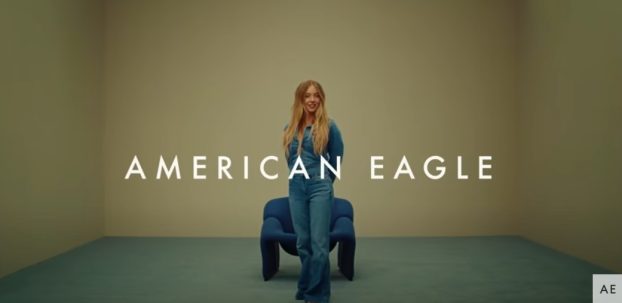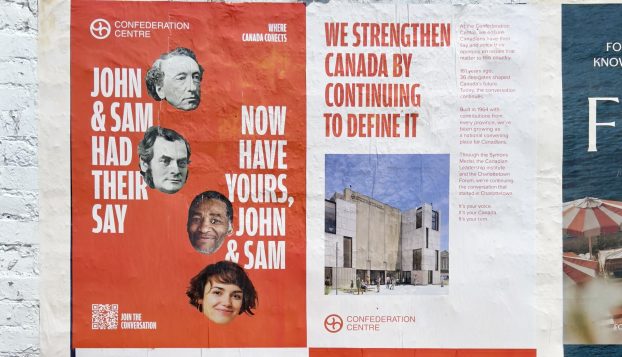
This story first appeared in the 2024 Summer issue of Strategy Magazine.
The industry has had to move, adapt and evolve at lightning speed – especially amid economic hardships and unforeseen industry events. The last 12 months have brought immense change and growth. Now, imagine the next five years. There will no doubt be a shakeout in terms of which services survive, and the current media-verse may one day be seen as a distant relic.
Industry leaders came together to discuss how they think the evolution of media will play out, what it will take to maintain mass appeal, and which formats will attract ad dollars. The business is in transition, our roundtable aims to predict where it’s headed next.
To discuss where the industry is headed, Media in Canada and strategy brought together media leaders and marketers including Urania Agas, chief client officer, GroupM; Tracey Cooke, SVP, CMO, Nestle; Richard Fofana, EVP strategy, UM; Andrea Hunt, CCO, Carebook Technologies and President, Think; Robert Jenkyn, president, Horizon Media; Bob Park, CBO, GE Appliances; John Rocco, VP, head of global brand, Scotiabank; and Sarah Thompson, formerly president of media, Dentsu.
Jennifer Horn, editor and content director for strategy and Media in Canada, moderated the discussion. Also in attendance were strategy and Media in Canada publisher Lisa Faktor, associate publisher Neil Ewen, Media in Canada editor Greg Hudson and reporter Andrea Hernandez, and Globe Media Group creative studio and ad innovation managing director Tracy Day and group client director Shaenie Colterjohn.
This is the first of a three-part roundtable series running in Strategy and Media in Canada this week. Today, industry leaders discuss which media channels they’re currently focusing marketing dollars on. Parts two and three will be published on Tuesday and Wednesday.
Before looking forward, let’s talk about current spend trends. Which channels are you funneling marketing dollars to, and why?
Sarah Thompson, formerly president, media, Dentsu: Everybody in the last year seemingly wanted more TV dollars than ever before. But the conundrum I keep coming up against is: what is the cost of reach? For classic marketers like P&G and Nestle, quality reach really does matter. But everybody is talking about aggressive addressability, even though the market isn’t there yet. The reality is that this movement towards micro-targeting in lieu of actual reach is troublesome. I think there are challenges ahead in our industry. And you can see it right now with our linear partners in Canada, who are really struggling to keep their revenue going. And they serve so many important communities across Canada. We’re in a moment in time where we all need to take a step back and ask: do we even like how we built this house?
John Rocco, VP, head of global brand, Scotiabank: I think it’s all perspective. We’ve started to delve into addressable and connected TV, but it’s the expectations that you set. We’re going to try some things but we’re not going to walk away from what we know is still going to give us the reach and the frequency that we need. We were one of the first to buy into Netflix, and we’re still learning, but by no means is it replacing what we’re doing elsewhere. I think we’re seeing a shift to bigger live events and really going after marquee moments, whether it’s sports or the arts. We’re looking at those moments where people are still flocking to live TV and that’s been effective. So it’s really this balancing act.
Urania Agas, chief client officer, GroupM: As much as we can target to the nth degree, is that what we should be doing? I know many marketers are struggling with the question: where will my brand exist five to 10 years from now? If we continue to just sit in the lower funnel, what will that do to the brand equity and to the brand love long-term?
Tracey Cooke, SVP, CMO, Nestle: We’ve been talking about the long and the short for a while now, and I think we’ve done a disservice to marketing by talking about “performance marketing” when it’s actually all marketing. I think we veer too much on performance, but we also believe in brand building – and for that you need reach, resonance, creativity. The other thing that’s important is retail digital media (RDM) – how that’s going to grow in Canada and what kind of pressure that’s going to put on manufacturers like us to be at the table and to figure out what works and what doesn’t. If you’re a good marketer, you have to decide where is the best place to spend dollars to deliver on your objectives.
Bob Park, CBO, GE Appliances: One thing that continually resonates is that you still have to pay attention to brand. Yes, converting in the lower part of the funnel is really important. But sometimes it really just comes down to how the brand resonates at the point of sale. How are we spending money? We’re still investing a significant amount on brand, and we’re trying not to get into the weeds of that lower funnel and battle on price promotion activations, which are proven to continually drive the prices down.
Andrea Hunt, CCO, Carebook Technologies and president, Think: When you’re a brand-centered organization, people can lean out to say, “Yes, brand has a place. It’s about the long-term orientation.” But when you’re dealing with private equity firms or companies that don’t necessarily have that long view, it isn’t so much that the marketer doesn’t have interest in doing upper funnel work – they just can’t sell it through because of the company’s belief that marketing has changed more in the last three years than it has the last 50. So those rules no longer apply. Without being able to invest in a long view and being able to prove it, you’re seeing more short-termism than anybody would want to see, including marketers. But it comes down to what’s justifiable. Tracey, to your comment, the term “performance marketing” was the greatest disservice to our business because everything else was presumed to be ineffective.
Robert Jenkyn, president, Horizon Media: We’re in a golden age of television, arguably, in terms of content. We just did a study and people are going where the content is going. That’s going to continue, whether it’s paid, ad-supported or linear broadcast. Today we have advertisers paying a lot more for conventional linear broadcast and they’re creating this outsized demand where the audience is shrinking. There’s going to be a point where advertisers say, “It doesn’t make sense anymore, I’m paying a premium.” There’s a point where you’re paying so much for so little, and it just doesn’t make sense.























